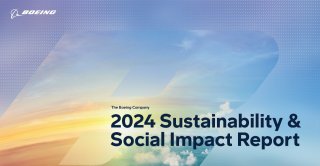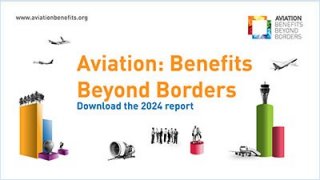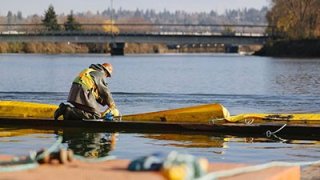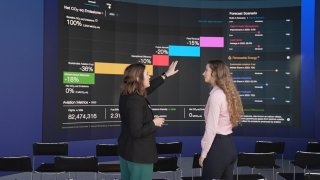

The Boeing 2024 Sustainability & Social Impact Report outlines progress we’ve made on employee well-being, diversity and inclusion, our environmental efforts and positively impacting our global communities, with safety and quality core to all we do. In driving sustainability progress, we consider how every product we build, deliver and service affects our world, while striving to operate work sites sustainably and efficiently.


Company invests in Wagner Sustainable Fuels to support the development of SAF production facility in Brisbane.

The partnership’s first project with Firefly will accelerate technology that transforms waste into sustainable aviation fuel.

Chief technology officers of major OEMs call for government research programs that enhance scientific understanding of aviation non-CO2 effects. (Airbus photo)

Focus will be on sustainable cabin interiors, airport operations and safety enhancements.
![]() Icons for Sustainable Aerospace" width="1484" height="834" />
Icons for Sustainable Aerospace" width="1484" height="834" />
Boeing's newest airplanes are 20-30% more efficient than the in-service airplanes they replace.
![]() Icons for Sustainable Aerospace" width="1484" height="834" />
Icons for Sustainable Aerospace" width="1484" height="834" />
Boeing is collaborating across industry on how to operate and fly more efficiently, which can reduce emissions by about 10%. This includes improving airplane retrofit and maintenance, fleet and airport operations, and flight and traffic management.
![]() Icons for Sustainable Aerospace" width="1484" height="834" />
Icons for Sustainable Aerospace" width="1484" height="834" />
Boeing is shaping the future of sustainable aviation through research and technology development focused on unlocking the potential of sustainable fuels and renewable energy applications.
![]() Icons for Sustainable Aerospace" width="1484" height="834" />
Icons for Sustainable Aerospace" width="1484" height="834" />
Boeing is investing in innovation and clean technologies for improved aerodynamic performance, increased propulsion and systems efficiency, reduced life cycle energy use and emissions, and the latest digital design, test and production capability.
![]() Icons for Sustainable Aerospace" width="1484" height="834" />
Icons for Sustainable Aerospace" width="1484" height="834" />
We’re taking advantage of opportunities to reduce carbon emissions from getting into the atmosphere in the first place, investing in permanent carbon removals, and continuing to offset business travel emissions, increasing over time the proportion of permanent removals to traditional offsets in our portfolio.

To show how each of the above strategies can cut emissions and help inform the most impactful and effective ways to reach net zero by 2050, Boeing created the Boeing Cascade Climate Impact Model.
SAF is produced from renewable sources – like agricultural waste, animal fats, vegetable oils and municipal solid waste – and significantly reduces carbon emissions over the fuel’s lifecycle, making it a more sustainable alternative for powering aircraft.
Today, Boeing is focused on helping catalyze SAF scaling through (1) our testing, technology investments, and product compatibility work, (2) our own fuel use, and (3) industry partnerships and policy advocacy.
NOTICE CONCERNING A.B. 1305: This video contains historic statements that may not entirely align with the company’s current outlook. These statements are retained for their historical value and to reflect Boeing’s culture of transparency and continuous improvement.
Throughout our history, Boeing has deployed a suite of demonstrators to test and validate new technologies, designs and renewable energy sources. By converging the knowledge of our stakeholders and accelerating innovation, we aim to reduce our carbon and non-CO2 emissions, noise, and impact on local communities while strengthening the safety of our products.
One of our most visible examples is our Boeing ecoDemonstrator program. For over a decade, Boeing's ecoDemonstrator program has accelerated innovation by taking promising technologies out of the lab and testing them in an operational environment to solve real-world challenges for airlines, passengers and the environment.